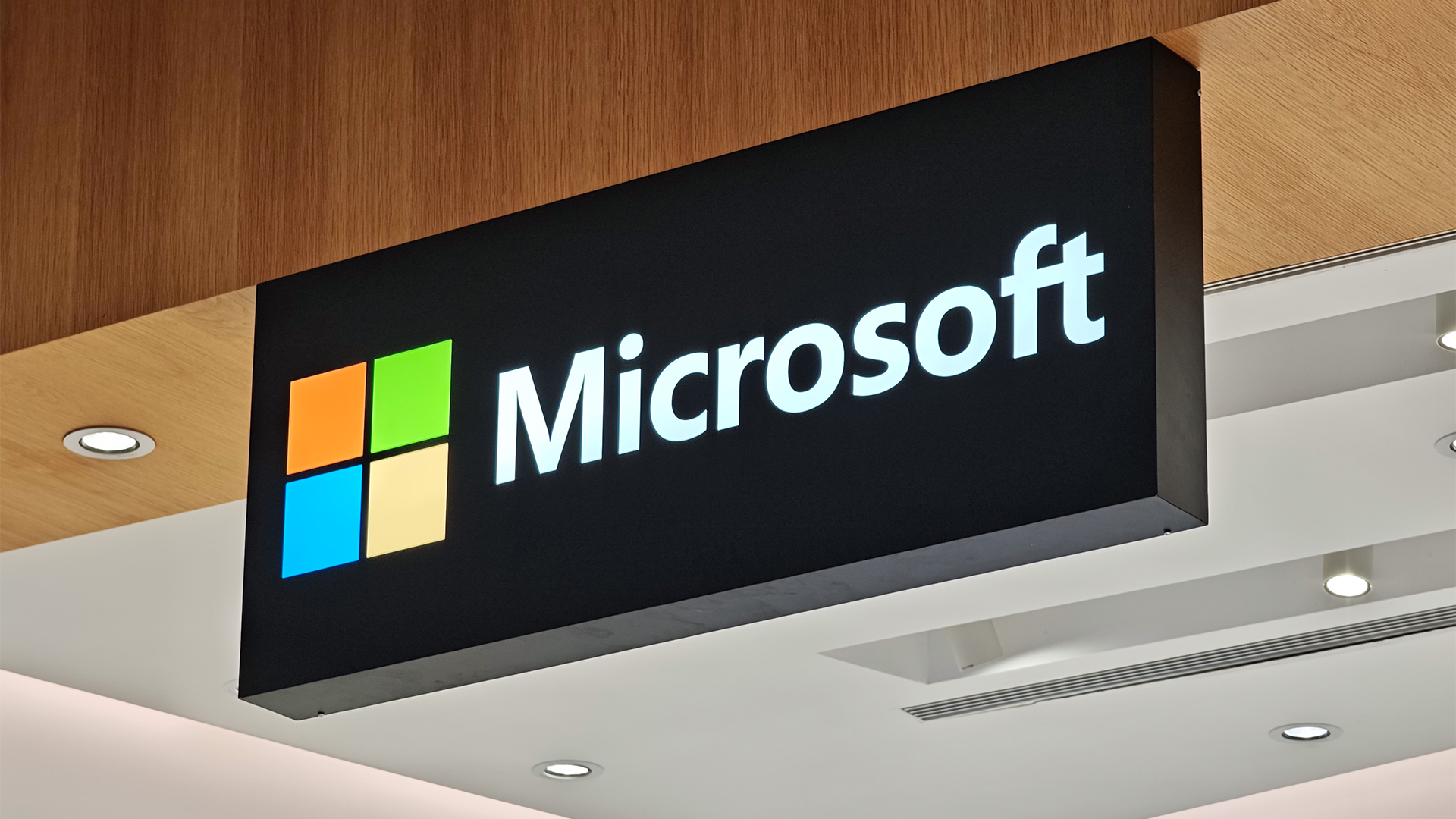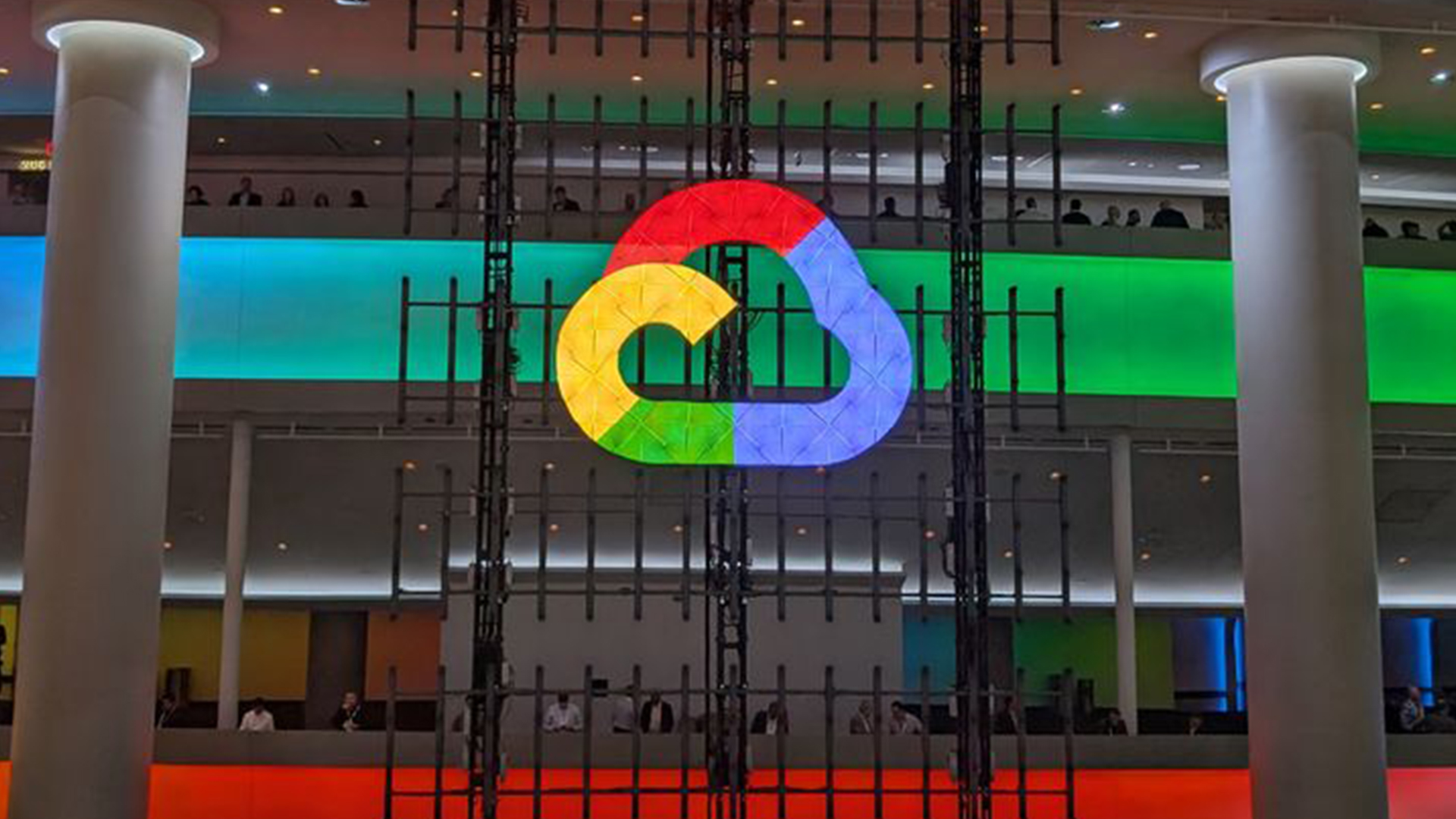CEOs admit majority of cloud environments were ‘built by accident rather than design’ – and it’s coming back to haunt them
Many enterprises rushed into the cloud without a clear end goal in mind, according to Kyndryl


The cloud is inescapable in 2025. It’s a $750 billion industry that underpins the vital applications, services, and platforms that power the digital economy.
Yet after more than a decade of enterprise migration and innovation in the cloud, analysis from IT infrastructure firm Kyndryl suggests many spent that time building sprawling, splintered architectures without a clear cut end goal in mind.
In the company’s annual Cloud Readiness Report 70% of CEOs admit they built their current cloud environment “by accident, rather than by design” – this often entailed periodic upgrades aimed at addressing short-term needs, rather than focusing on longer term strategic improvements.
Kyndryl said this shows that many lacked a “deliberate strategy” when pursuing cloud transformation projects, and the effects of this are starting to show with huge workload pressure placed on cloud environments, as well as growing security threats and evolving regulatory requirements.
“If companies benefitted from happenstance in the past, those days are over,” the report states. “Cloud success is no longer a matter of luck but design. The enterprises that thrive now are those that approach cloud as the foundation for intelligence, adaptability, and trust.”
AI is among one of the key factors bringing this lack of clear cut focus to light in 2025, according to Kyndryl. Organizations have increased cloud spending by 30% on average so far this year in a bid to supercharge AI adoption and build out infrastructure capacity to meet demand.
89% said these cloud investments have “made it easier to use AI” and have proved beneficial in underpinning adoption projects. Poorly designed, piecemeal cloud environments are hampering innovation on this front, however, the study added.
Sign up today and you will receive a free copy of our Future Focus 2025 report - the leading guidance on AI, cybersecurity and other IT challenges as per 700+ senior executives
Indeed, 35% cited integration challenges as a top barrier to delivering a return on investment (ROI) with the technology.
Hybrid and multi-cloud in the spotlight
According to Kyndryl, hybrid and multi-cloud represent the light at the end of the tunnel for many enterprises locked in monolithic, rigid cloud setups.
Both these approaches have gained significant traction in recent years, the study found, with 84% of IT leaders revealing they now “intentionally use multiple clouds”.
Meanwhile, 41% are switching to a hybrid approach, repatriating data to on-premises environments while still hosting non-critical workloads on public cloud. This enables enterprises to balance control, compliance, and performance, the study noted.
“The gap between a reactive and deliberate cloud strategy has never been more consequential,” said Nicolas Sekkaki, global cloud practice leader at Kyndryl.
“With AI demanding seamless data access and governance requirements rapidly evolving, a hybrid cloud model is the differentiator that enables successful AI adoption,” he added.
AI-related considerations aren’t the only driving factor behind the shift to hybrid cloud, however. Kyndryl noted that geopolitical concerns and a concerted focus on data sovereignty, spurred on by regulatory requirements, are also influencing the trend.
75% of leaders said they were concerned about “the geopolitical risks associated with storing and managing data in global cloud environments”, for example, while 65% revealed they’ve “made changes to their cloud strategies” because of compliance concerns.
Make sure to follow ITPro on Google News to keep tabs on all our latest news, analysis, and reviews.
MORE FROM ITPRO
- Growing AI workloads are causing hybrid cloud headaches for IT leaders
- What is 'multi-cloud by design'?
- Hybrid cloud has hit the mainstream – but firms are still confused about costs

Ross Kelly is ITPro's News & Analysis Editor, responsible for leading the brand's news output and in-depth reporting on the latest stories from across the business technology landscape. Ross was previously a Staff Writer, during which time he developed a keen interest in cyber security, business leadership, and emerging technologies.
He graduated from Edinburgh Napier University in 2016 with a BA (Hons) in Journalism, and joined ITPro in 2022 after four years working in technology conference research.
For news pitches, you can contact Ross at ross.kelly@futurenet.com, or on Twitter and LinkedIn.
-
 Invest in the future: Why PowerEdge is earning its place in 2025/2026 budgets
Invest in the future: Why PowerEdge is earning its place in 2025/2026 budgetsDell Technologies works with customers’ needs for performance and efficiency to ensure organizations are set up for success.
-
 Lenovo ThinkBook 16 Gen 7 (Snapdragon) review
Lenovo ThinkBook 16 Gen 7 (Snapdragon) reviewReviews The combination of a high-capacity battery, an efficient Snapdragon chipset, and a low price makes the ThinkBook 16 Gen 7 an easy recommendation
-
 Microsoft’s new ‘marketplace’ lets customers pick and choose cloud, AI solutions
Microsoft’s new ‘marketplace’ lets customers pick and choose cloud, AI solutionsNews The Microsoft Marketplace looks to streamline customer access to AI and cloud services
-
 Mainframes are back in vogue
Mainframes are back in vogueNews Mainframes are back in vogue, according to research from Kyndryl, with enterprises ramping up hybrid IT strategies and generative AI adoption.
-
 Google Cloud introduces ‘no-cost’ data transfers for UK, EU businesses
Google Cloud introduces ‘no-cost’ data transfers for UK, EU businessesNews Google Cloud's new Data Transfer Essentials service will allow enterprises to transfer data to alternative providers at no extra cost.
-
 SAP wants to take data sovereignty to the next level with new 'on-site' infrastructure options
SAP wants to take data sovereignty to the next level with new 'on-site' infrastructure optionsNews The cloud computing giant will allow customers to host SAP-managed infrastructure directly within their own facilities
-
 AWS says only Europeans will run its European Sovereign Cloud service
AWS says only Europeans will run its European Sovereign Cloud serviceNews The firm wants to reassure customers that sovereign really does mean sovereign
-
 US companies dominate the European cloud market – regional players are left fighting for scraps
US companies dominate the European cloud market – regional players are left fighting for scrapsNews Synergy data shows EU providers hold just 15% of the market despite rise in AI and drive for cloud sovereignty
-
 UK enterprises regret going all-in on public cloud
UK enterprises regret going all-in on public cloudNews Data sovereignty, rising costs, and governance issues mean many IT decision-makers regret having made the move
-
 Gestion du cloud avancée : Qu'est-ce que StreamOne® et comment la plateforme peut-elle représenter un avantage pour votre entreprise, aujourd'hui et dans le futur?
Gestion du cloud avancée : Qu'est-ce que StreamOne® et comment la plateforme peut-elle représenter un avantage pour votre entreprise, aujourd'hui et dans le futur?Sponsored Ne vous contentez pas d'acheter le cloud, maîtrisez-le. La plateforme StreamOne® de TD SYNNEX offre une puissante approche écosystème de la gestion avancée du cloud, dépassant largement les limites d'une marketplace classique...